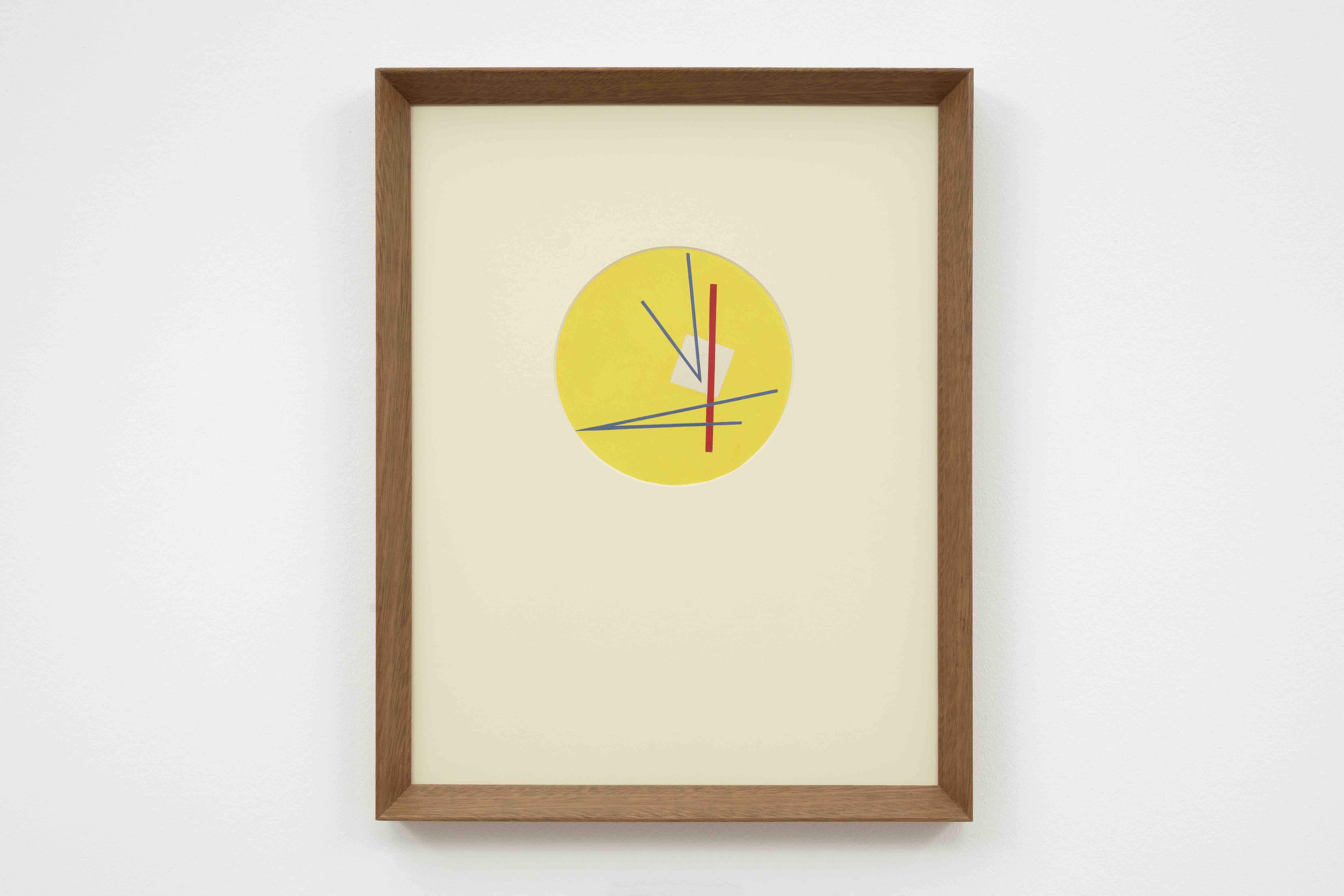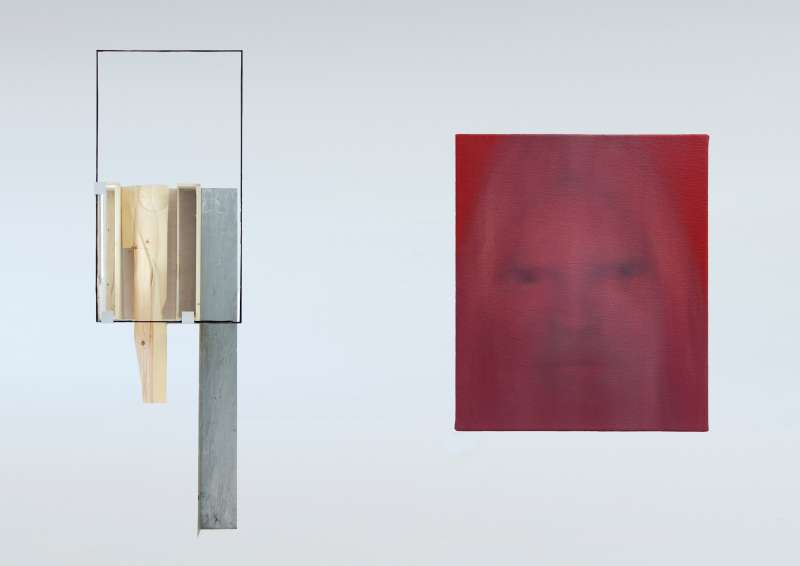David Batchelor (b. 1955) draws inspiration from urban environments. He responds to the city – its shapes and forms, its planes and edges, and not least its colours - putting him in close kinship with the pioneering abstractionists of Latin American modernism. Since 2020, Cecilia Brunson Projects has worked with Batchelor on a series of commissions, realising his characteristically vibrant and angular aesthetic in textile media for the first time. The series forms, in part, an unexpected, playful reinterpretation of the Concrete movements of Latin America, an enduring source of inspiration for the artist. At the centre of the exhibition...
David Batchelor (b. 1955) draws inspiration from urban environments. He responds to the city – its shapes and forms, its planes and edges, and not least its colours - putting him in close kinship with the pioneering abstractionists of Latin American modernism.
Since 2020, Cecilia Brunson Projects has worked with Batchelor on a series of commissions, realising his characteristically vibrant and angular aesthetic in textile media for the first time. The series forms, in part, an unexpected, playful reinterpretation of the Concrete movements of Latin America, an enduring source of inspiration for the artist. At the centre of the exhibition is a new tapestry which Batchelor produced with the Taller Mexicano de Gobelinos, Guadalajara, Mexico. A transposition of one of his paintings into a monumental and collaborative work, hand-dyed and woven in wool, it subtly undermines the mechanistic overtones implied by the ‘Concrete’ label, replacing them with material warmth and manual intimacy.
The exhibition brings Batchelor’s work into conversation with Judith Lauand (1922-2022), an artist who made pivotal contributions to São Paulo’s Concrete movement from the 1950s as the only female member of the avant-garde Grupo Ruptura, and who came to geometric abstraction through her initial training in tapestry. With this knowledge, we may read her prints as threads of colour which disappear and re-emerge as if embroidered into the composition. A painting by José Pedro Costigliolo (1902-1985), a founding member of Uruguay’s Grupo de Arte No Figurativo, is rendered in hand-mixed tempera paint, his composition of colliding shapes retaining a human touch.
In this grouping, Batchelor’s playful reworking of his own hard-edged abstraction brings to focus a sensibility that has always been present in Latin American Concretism, which developed, beneath its superficial purity, a fondness for rhythm, tactility, poetry and wit, and the experiential presence of the work.



